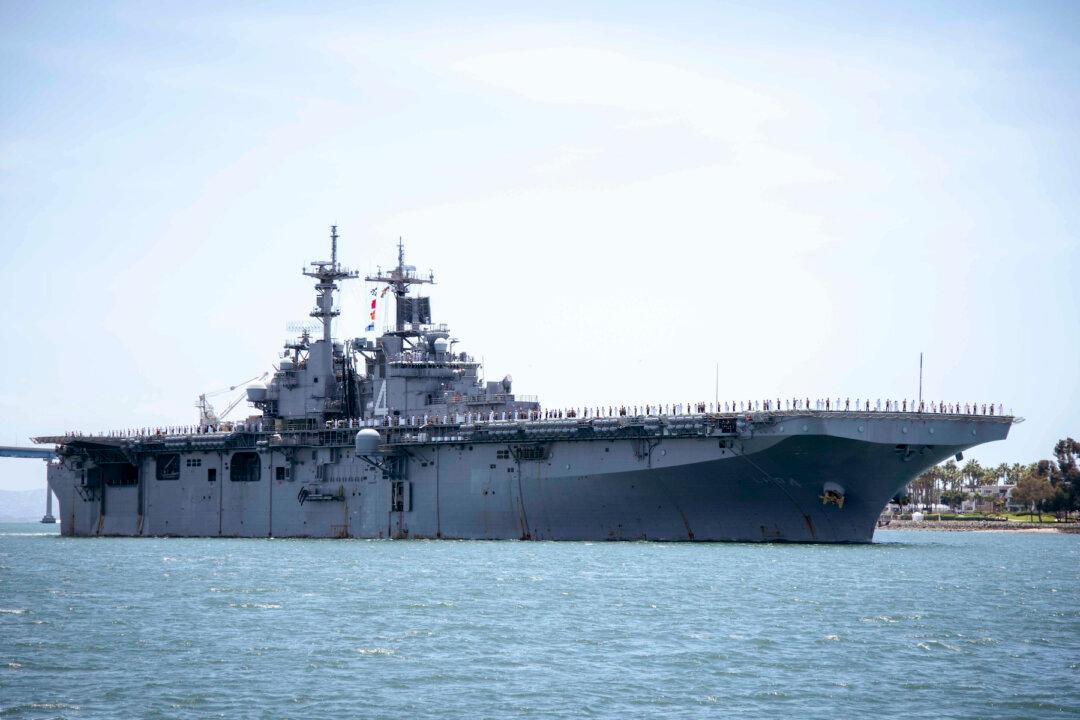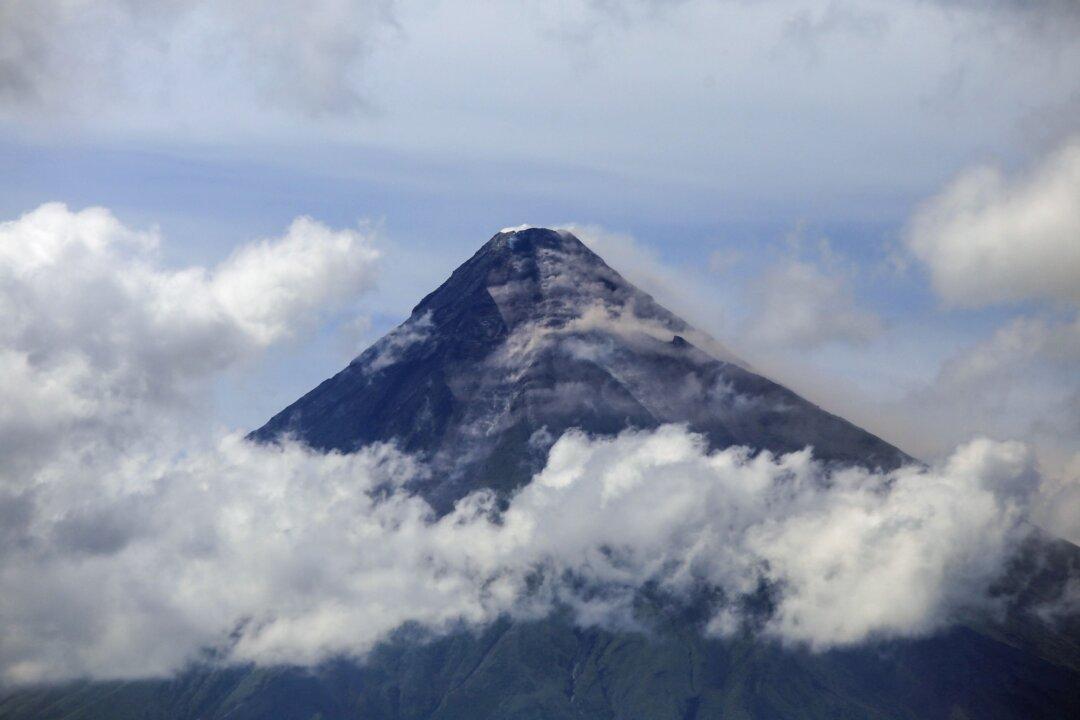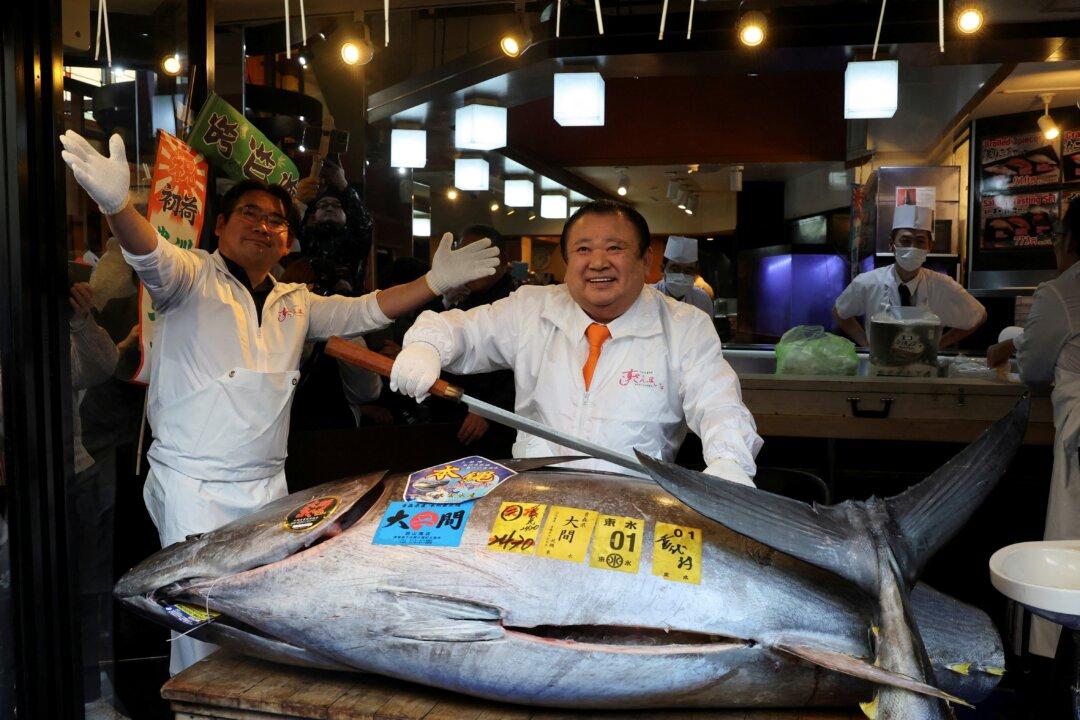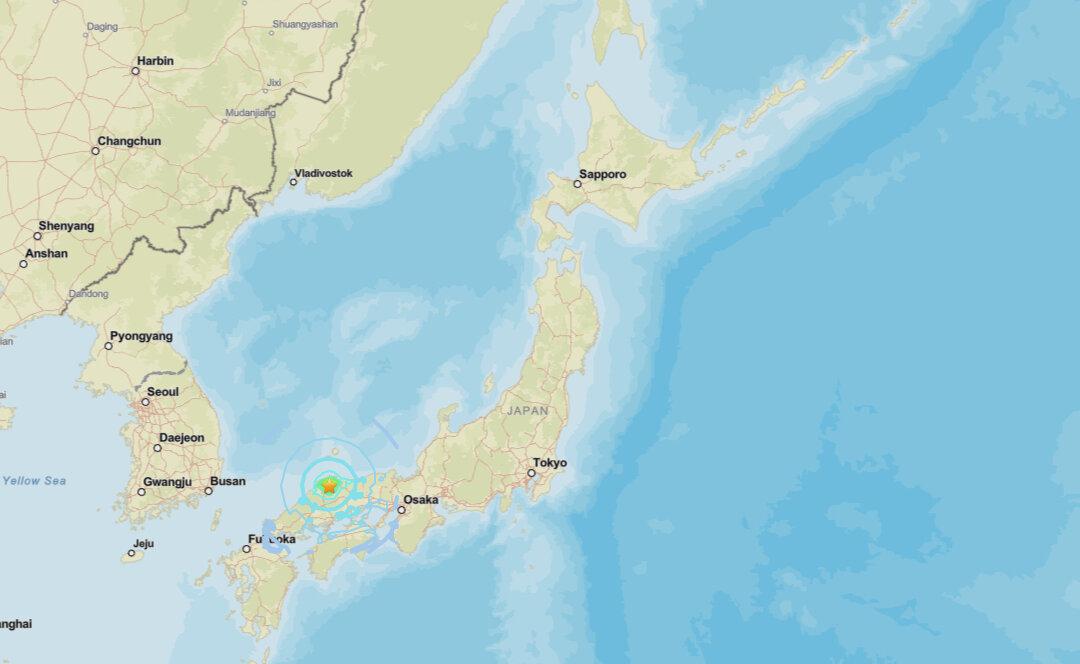WASHINGTON—The United States sent a Navy ship through the Taiwan Strait on Aug. 23, rekindling one of a growing number of flashpoints in Washington’s relationship with Beijing.
The U.S. military has increased the frequency of its transport movements through the strategic waterway in the face of opposition from China.





